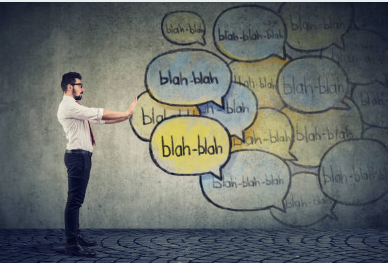Ah, the art of conversation. It’s the glue that binds us at dinner parties, saving us from awkward silences when Aunt Susan recounts her latest cat fiasco. But, interestingly, the art of conversation isn’t just for those uncomfortable family dinners. It’s a secret weapon in the world of business writing, too.
There’s a lot of diversity in the grand arena of brand messaging. Some brands wear a three-piece suit, presenting themselves with all the gravitas of a seasoned professor. Others? They’re the laid-back cousin lounging in a Hawaiian shirt, tossing you a casual wave. And while each brand dances to its own tune, there’s a singular rhythm that should underline them all: the cadence of natural human conversation.
Here’s a fun test: Read your content aloud. If it has the ebb and flow of an enjoyable chat rather than the droning on of a microwave manual, then voilà! Gold star for you.
Imagine you receive a message. If it sounds like a buddy inviting you over for some weekend fun, you’re likely to respond. Now, if it reads like it’s instructing you on the intricacies of assembling a particle accelerator, you might just hit ‘delete.’
Yet, as always, there’s a but. A big one. People often say, “Write like you talk.” Sounds tempting, doesn’t it? But let’s remember: not all of our spoken musings are, shall we say, publish-worthy.
The ideal? Don’t just talk at your readers—engage them. Imagine setting two chairs in a room. One says “Me, Me, Me,” and the other beckons with a warm, “Let’s Chat.” Which one would you gravitate towards?
Brands that harp on about “We’re the best” or “Get to know our phenomenal team” are essentially doing the literary equivalent of oversharing vacation photos. But here’s the secret: the best conversations are a two-way street. Think less of a monologue and more of a duet.
So, remember, while it’s tempting to sell leads on your “incredible, unmatched, jaw-dropping” products (unless you’ve discovered the ambrosial elixir of coffees), it’s always better to converse, not just convey.
Essentially, make it about “you,” the reader, not just “me.” After all, a conversation is only as good as the people in it.
